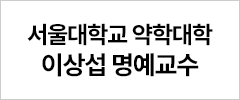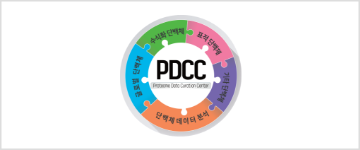2025 Fall
International Convention of PSK
2025 CONVENTION
Abstracts
Ten-year trends in frequent high-caffeine beverage consumption among South Korean adolescents, 2015–2024: the role of behavioural correlates and urbanization level.
- Gi-ho Jeon1, Euna Han*1
- 1Health Economics & Pharmaceutical Health Services Research, College of Pharmacy, Yonsei University
Background and Objectives High-caffeine beverage (HCB) consumption among Korean adolescents is rising and is a public health concern. While individual-level risk factors are known, the influence of urbanization and its interaction with behaviors remains underexplored. This study aimed to (1) describe ten-year trends in frequent HCB use (≥5 times/week) by urbanization level from 2015 to 2024, (2) identify key behavioral correlates, and (3) assess whether these associations are modified by urbanization. Methods We analyzed pooled data from six waves of the Korea Youth Risk Behavior Survey (KYRBS, N=315,164). Frequent HCB use was defined as ≥5 times/week. Survey-weighted logistic regression tested associations and modification by urbanization (metropolitan, non-metropolitan, rural). Results Prevalence rose from <1% in 2015 to 2–4% in 2024, with higher rates in metropolitan areas (4.52%) than rural areas (2.08%). Compared with rural areas, adjusted odds ratios (aORs) were 1.33 (95% CI 1.18–1.50) for metropolitan and 1.25 (1.11–1.41) for non-metropolitan areas. Strong predictors included sugar-sweetened beverage intake ≥3 times/week (aOR 2.19), fast-food ≥3 times/week (aOR 1.63), insufficient sleep (aOR 1.68), and high stress (aOR 1.49). Associations between unhealthy diet and HCB use were stronger in urban settings. Conclusions Frequent HCB consumption among adolescents increased sharply, especially in cities. Urbanization modifies behavioral risks, indicating the need for targeted public health interventions.
Q&A
- There are no registered questions









































